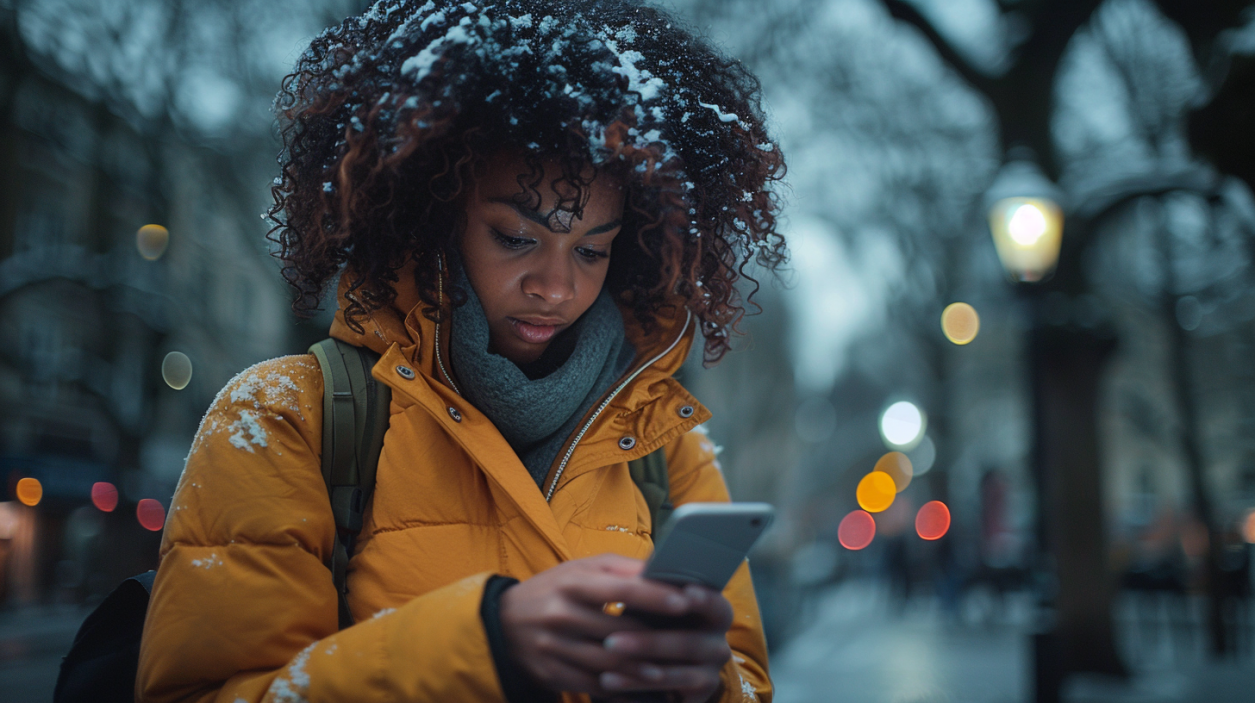In an era where technology permeates every aspect of our lives, its role in disaster preparedness has never been more crucial. Here’s how technology, through various apps and tools, can significantly enhance your readiness for natural disasters.
Real-Time Alerts and Weather Tracking
- FEMA App: This app stands out for its ability to deliver real-time weather alerts from the National Weather Service for up to five locations. It’s not just about receiving alerts; it’s about being informed with precise, location-specific data that can make all the difference during an evacuation or when seeking shelter.
- NOAA Weather Alerts: For those needing hyper-localized weather warnings, this app uses your exact location to provide alerts for tornadoes, flash floods, hurricanes, and more. Its integration with NOAA ensures you’re getting alerts from the most authoritative source.
- AccuWeather: Known for its detailed weather forecasts, AccuWeather also excels in emergency alerts, offering insights into not just the immediate weather but also long-range forecasts, which can be vital for planning.
Emergency Communication Tools
- Zello: Often likened to a walkie-talkie app, Zello allows for group communication which can be invaluable during disasters when traditional networks might be overwhelmed or down. Its push-to-talk feature ensures quick updates among family or community groups.
- Life360: The Life360 app not only tracks family members’ locations but also provides emergency alerts. During a crisis, knowing where your loved ones are can reduce anxiety and facilitate quicker reunions or aid.
Accessibility During Power Outages
- Battery Backup and Solar Chargers: Ensure your devices are powered with portable solar chargers or battery packs. Apps like these are only useful if your devices are operational. There are also many options if you need power for longer periods of time.
- Offline Capabilities: Some apps, like the Red Cross First Aid app, offer offline access to critical information. This feature is crucial when internet or power is unavailable.
- Community Networks: Apps like Nextdoor can be configured for offline messaging within a community. This grassroots approach can help share resources or updates when official channels are down.
Why These Technologies Matter
- Proactivity Over Reactivity: With real-time alerts, you’re not just reacting to disasters; you’re preparing for them. This can help can save lives and property.
- Community and Family Safety: Tools like Life360 and Zello foster a sense of community and family safety, ensuring everyone knows where to go or what to do during an emergency.
- Education and Preparedness: Apps like those from the Red Cross not only alert you but educate you on how to respond, from first aid to disaster-specific actions.
Conclusion
Technology in disaster preparedness isn’t just about receiving alerts; it’s about creating a network of safety, information, and community support. By integrating these tools into your daily life, you’re not only preparing for the worst but also ensuring that when disaster strikes, you’re as ready as you can be. Remember, the effectiveness of these technologies largely depends on your readiness to use them. Remember to keep devices charged to understanding how to apply the information provided. Stay informed, stay prepared, and stay safe.
